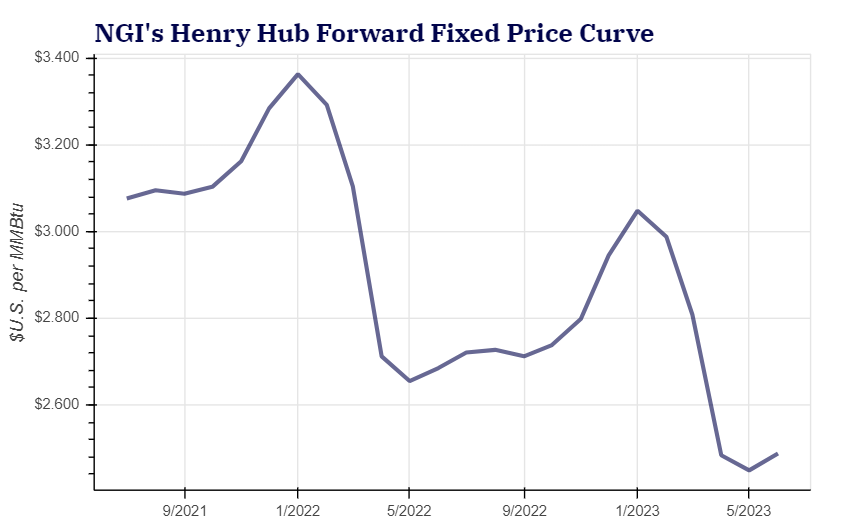Markets | LNG | Natural Gas Prices | NGI All News Access | NGI The Weekly Gas Market Report
Natural Gas Forwards Sizzle as June Heat Jolts Futures Market
© 2024 Natural Gas Intelligence. All rights reserved.
ISSN © 2577-9915 | ISSN © 2577-9877 | ISSN © 1532-1266 |



